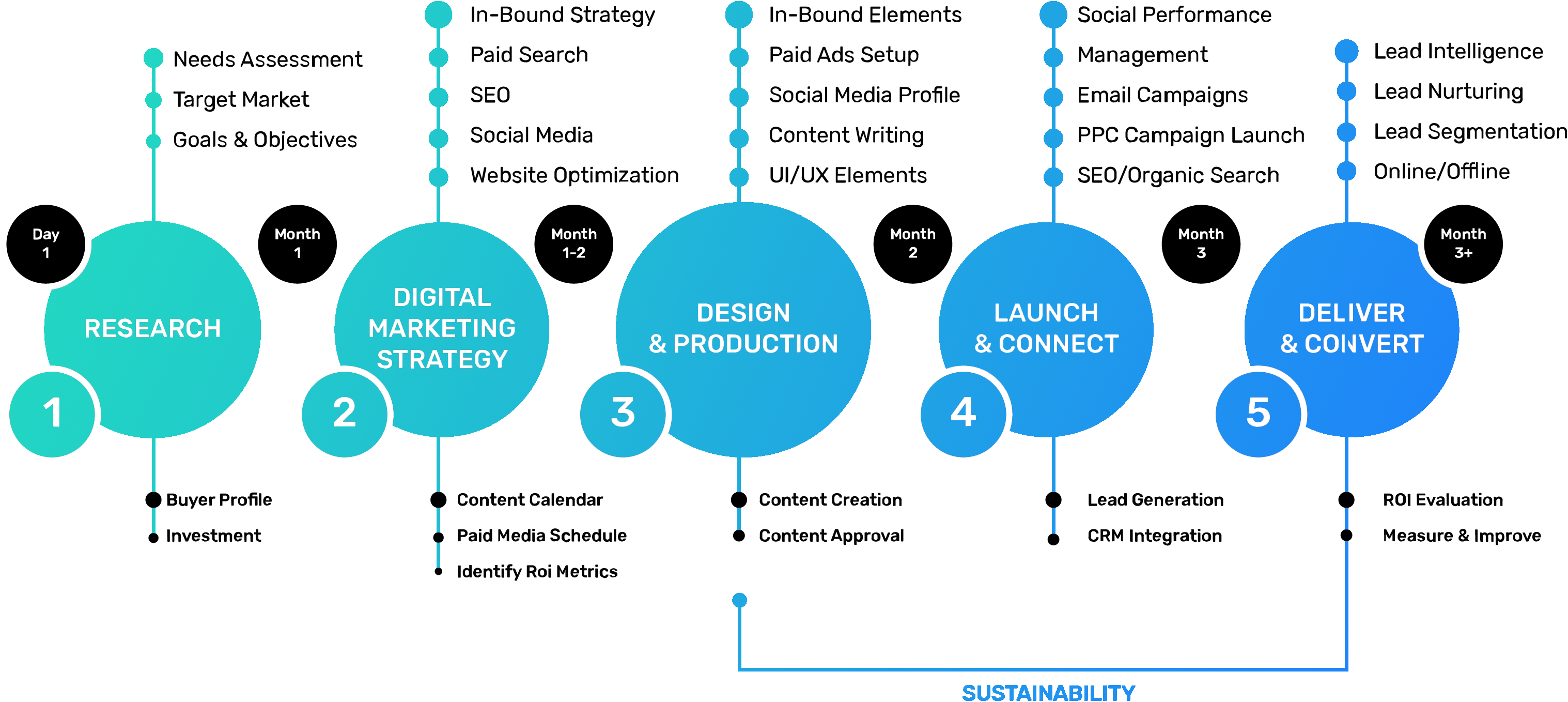Using data to guide your digital marketing strategies is a smart idea but you also need a few tools and services to help you along the way. As technology evolves it opens the floodgates to information. However, with big data comes a new problem. How do brands manage it in a way that they can produce effective and efficient digital advertising?

Intelus
The ability to gain a deeper customer view depends on the resources you have. You should be able to integrate data from multiple sources and mine many different channels simultaneously. So, what is being used to augment data-driven marketing strategies? Check out a few of these ideas to get you started:
Social Monitoring and Listening
Agencies like Social Industries is a great team to have on your side. They can actively listen to your social channels and provide data that will further drill down your marketing efforts. By examining where your audience lies and what they are saying, you can collect real-time data that enables split-second decisions.
This also comes in handy for online reputation management (ORM). If someone has an issue, you can address it immediately. Letting negativity sit on social media is counterproductive to any advertising you may run. It should be handled promptly.
Customer Relationship Management System
Contemporary customer experiences and relationships are fostered through knowledge and understanding. When you demonstrate you understand the pain points of an audience, they tend to listen a little closer. However, you need to have the right tools to properly manage the data.

Capterra Blog
According to a survey by Forrester, facilitating meaningful customer interactions across all touchpoints is a marketer’s number one challenge. A customer relationship management system (CRM) can tie it all together and store customer data from multiple sources, all in one place.
92.3% of organizations maintain a database that hosts data on customers and prospects. A 1950s Rolodex simply won’t suffice. You need artificial and business intelligence to maintain the type of relationship modern consumers anticipate.
Real-Time Data
Data that is collected “in the now” is the most influential type there is. It also happens to be the newest concept in marketing. Giving people exactly what they want, right when they want it. It is sort of a Catch-22. The more convenience and control you give to the customer, the more they expect.
Real-time data allows for hyper-localization and personalization efforts. If you can infuse things like the weather or neighborhood events into a segmented marketing campaign, you are going to get someone’s attention. Especially if you are warning them about the condition of the roads for their drive home.

Striim
It’s all about dynamic engagement through focused marketing efforts. This is the type of data that has the highest effect on your revenue. In fact, 68% of marketers surveyed stated improving the measurability of their ROI was one of the most important goals for having a data management system (DMS).
Analytics
The only way to truly utilize and activate your rich social data is to analyze what you have collected. Analytics covers a wide array of metrics and stats that you can look at to gauge your progress and overall performance. This can include data points like:
- Campaign performance figures
- Website analytics
- Real-time data
- Competitive analysis
- Social media metrics
- Search engine optimization
- SERP analysis
Marketers are augmenting data-driven marketing with services, tools, resources, and other factors like:
- A.I. and marketing automation
- Social monitoring and advertising agencies
- Audience definition
- Personalization
- Data visualization
- Predictive analytics
- Multi-channel integration
This is just a start. Data-backed innovation can come in many forms. There is a multitude of reasons why marketers choose to incorporate so much data with their creative strategies.
Top Objectives for Data-Driven Marketing
Everyone has their reasons, but there are many that overlap.

Grapevine Interactive
If a brand chooses to curb data collection and a digital space in general, they are at a great disadvantage. Here are just a few reasons why marketers choose the more educated path:
- Customer acquisition and retention
- Marketing automation
- Segmented marketing
- Decision-based data analysis
- Building and training new teams
The opportunities are endless. What your company does with the data is up to you, as long as it is gathered in an honest and professional manner. The greater the transparency, the greater the trust. Authenticity in your advertising goes a long way.
It is critical to note that these efforts should be spread out across all channels/devices connected to your digital strategy. 1/3 marketers surveyed identified cross-device ID as a top priority in their organization. So, brands are still figuring out the best ways to reach people, with the most relevant material, at the right time. It’s never an exact science.

PR Newswire
Amassing data is the first step. The second is employing the right tools and services to get the job done efficiently. Honor the info you have collected and the people who gave it to you freely. The marketing horizon is wide open and when you treat consumers with respect and relevancy, they always come back for more!
